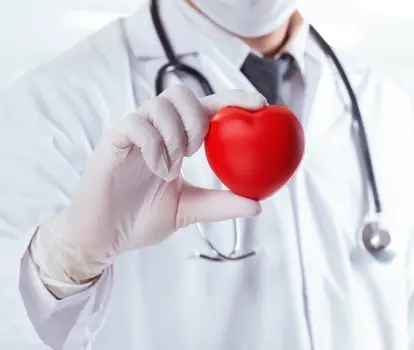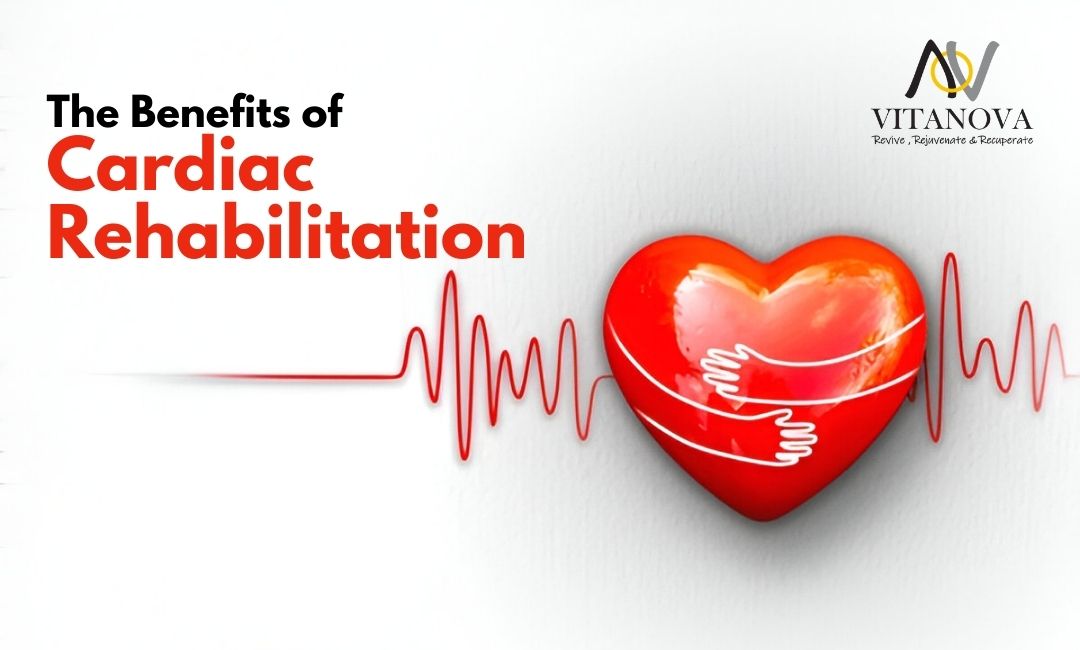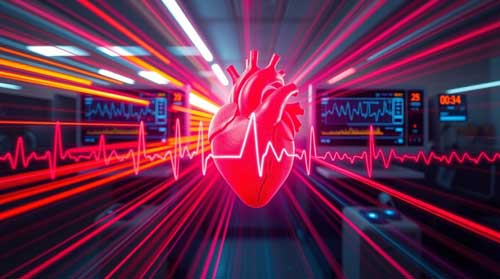What Does Arogyajivan Medical Tourism For Cardiology Do?
What Does Arogyajivan Medical Tourism For Cardiology Do?
Blog Article
5 Simple Techniques For Arogyajivan Medical Tourism For Cardiology
Table of ContentsAn Unbiased View of Arogyajivan Medical Tourism For CardiologyThe 9-Minute Rule for Arogyajivan Medical Tourism For CardiologyThe smart Trick of Arogyajivan Medical Tourism For Cardiology That Nobody is DiscussingThe Buzz on Arogyajivan Medical Tourism For CardiologyAll About Arogyajivan Medical Tourism For CardiologyWhat Does Arogyajivan Medical Tourism For Cardiology Do?The Ultimate Guide To Arogyajivan Medical Tourism For Cardiology
ET in Area 103AB Smits will offer the study, "FFR Guided Severe Total Revascularization Versus Culprit Sore Only Therapy in Patients Offering With ST-Segment Elevation Myocardial Infarction and Multi Vessel Illness: The COMPARE-ACUTE Test," on Saturday, March 18, 2017, at 10:45 a.m. ET generally Outdoor Tents (Hall D).You'll enhance clients' lifestyle after a life-changing occasion such as a heart assault, cardiac arrest or a heart rhythm condition. You'll additionally be entailed in comprehending conditions, how they progress and can be protected against. You'll care for adult clients with conditions such as: angina (upper body discomfort caused by narrowing of the coronary arteries) arrhythmias (uneven heart beat) heart murmurs because of heart shutoff condition cardiomyopathy (condition of the heart muscle) with heart failing consisting of lung oedema (build-up of liquid) coronary artery apoplexy or coronary infarction (cardiovascular disease) often connected with hypertension (high blood pressure) and high cholesterol diseases of the arteries (atherosclerosis, arteritis, atheroma) hole in the heart and other types of hereditary heart illness Working as a cardiologist, you'll be associated with an often fast-moving and vibrant area of medicine.
Cardiac interventions often avoid the need for open heart surgery while providing much better end results than drug alone. Within the area of cardiology, interventional cardiology concentrates on dealing with architectural heart issues making use of catheters. The bulk of the procedures are done on the cardio system, which consists of your heart, arteries, and blood vessels.
The 6-Minute Rule for Arogyajivan Medical Tourism For Cardiology
: The heart receives much better blood circulation after balloon angioplasty. During this surgical procedure, persistent obstructions in the coronary arteries are opened up using a specialized pulverizing tool.
Oftentimes, a stent is then put into the blockage.: After balloon angioplasty or atherectomy, a little metal coil or mesh tube called a stent can be positioned in the artery. The stent is placed at the end of a catheter, placed with a blood vessel in the wrist or leg, and guided up to the heart, where it prevents recently opened up arteries from collapsing.
These include hypothermia and numerous ventricular assistance devices, such as intra-aortic balloon counterpulsation (IABP).: Blood flow from the mommy to the fetus is helped with by means of the foramen ovale, a tiny hole in the wall surface that divides the right and left top chambers of the heart throughout development. Normally, throughout infancy, this opening shuts.
Not known Facts About Arogyajivan Medical Tourism For Cardiology
Sometimes, it requires it to be shut off. It is a minimally invasive treatment that targets and harms nerves near the kidneys that can become overactive and result in hypertension. Interventional cardiologists are educated to offer specific catheter-based treatments for heart problem, which is the major distinction in between them and normal cardiologists.
There might be some anxiousness associated with an upcoming heart or blood vascular therapy. By doing so, they can deal with the trouble without needing open heart surgical procedure.
Clients are offered a sedative to help them kick back. A local anesthetic is used to numb the area where the catheter is put. The procedure takes concerning an hour, and clients may be called for to remain in the hospital over night for monitoring. Cardiac coronary bypass is a major operation and, like any type of surgery, brings some threats.
Our Arogyajivan Medical Tourism For Cardiology PDFs

Boosted External Counter Pulsation (EECP) is executed as a non-invasive treatment to lower the number and strength of angina episodes. Therapy is carried out via three pairs of external inflatable cuffs that are applied around the lower legs, upper legs and buttocks. These cuffs continually pump up and decrease between the resting period of the heart beat and increase blood returned to the heart.
The Of Arogyajivan Medical Tourism For Cardiology

IABP resulted in increasing the amount of blood that can obtain pumped out of the heart by pumping up a balloon in the aorta between each heart beat. Opening up the aorta enables more blood flow and as a result decreases just how hard the heart has to function - ArogyaJivan Medical Tourism for Cardiology. This same theory is used to EECP yet is taken one step better
This also decreases just how tough the heart has to function but on a much higher range, particularly for individuals with broken heart tissue. People are eligible for therapy if they have actually been diagnosed with disabling steady angina (Course III or IV Canadian Cardiovascular Culture or comparable category), that in the opinion of a cardiologist or cardiothoracic surgeon, are not visit our website easily responsive to medical intervention because: Their condition is unusable, or at high risk of personnel issues or postoperative failing; Their coronary anatomy is not readily open to such treatments; or They have co-morbid states, which develop excessive risk.
How Arogyajivan Medical Tourism For Cardiology can Save You Time, Stress, and Money.

People will finish a stress test prior to beginning EECP treatment. This will certainly develop their exercise capability and offer final clearance to begin treatment. It will identify the extent, frequency and period of breast discomfort with exercise. After finishing 35 therapy sessions, there will be one more anxiety test measuring the very same worths.

The alignment is made to provide an individual the chance to experience specifically what treatments will certainly be like. There will certainly be an alignment to the space, a complete description of the treatment sessions, education and learning regarding the therapy procedure, and a 15-minute trial of the ECP equipment in operation. Any kind of concerns about the therapy will certainly additionally be attended to at this time.
7 Simple Techniques For Arogyajivan Medical Tourism For Cardiology
Diet plan and nourishment therapy. Psychological assistance. Heart rehab may start before the health center discharges you and should proceed long-lasting. Heart rehab stages are: Inpatient (starting while you remain in the hospital). Outpatient (going to visits and then going home later). On your very own (maintaining up exercises on your own and at your own cost).
Report this page